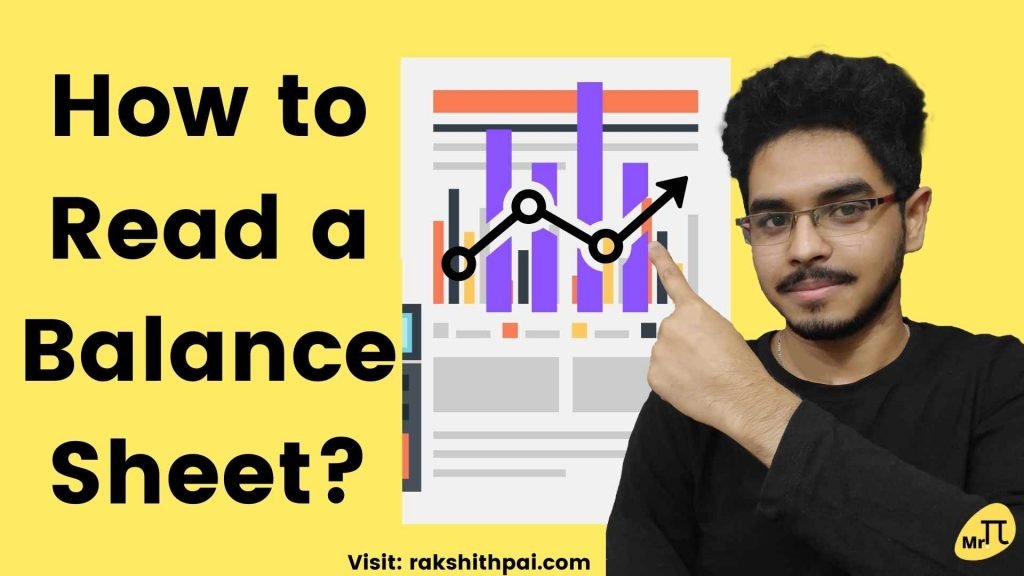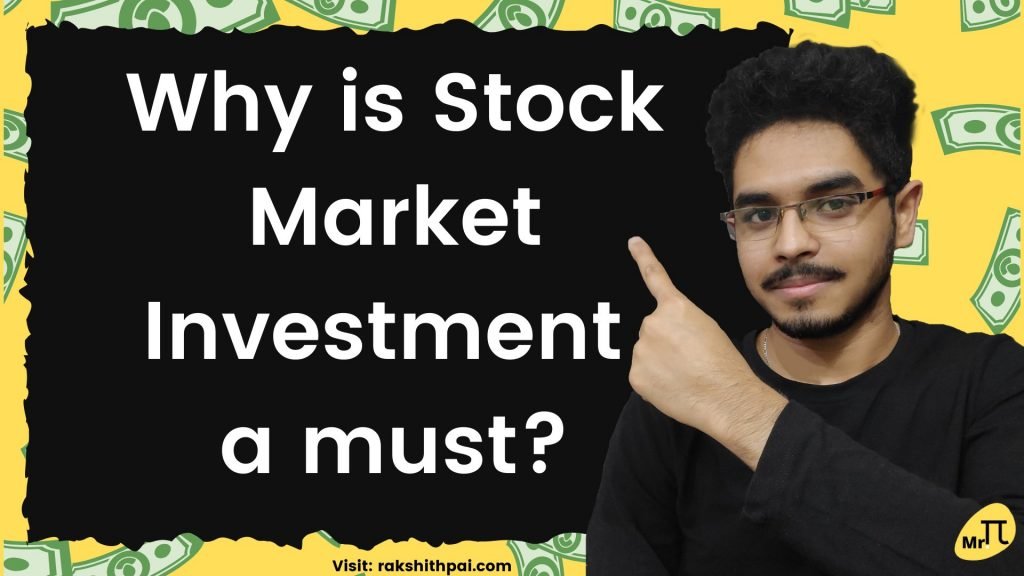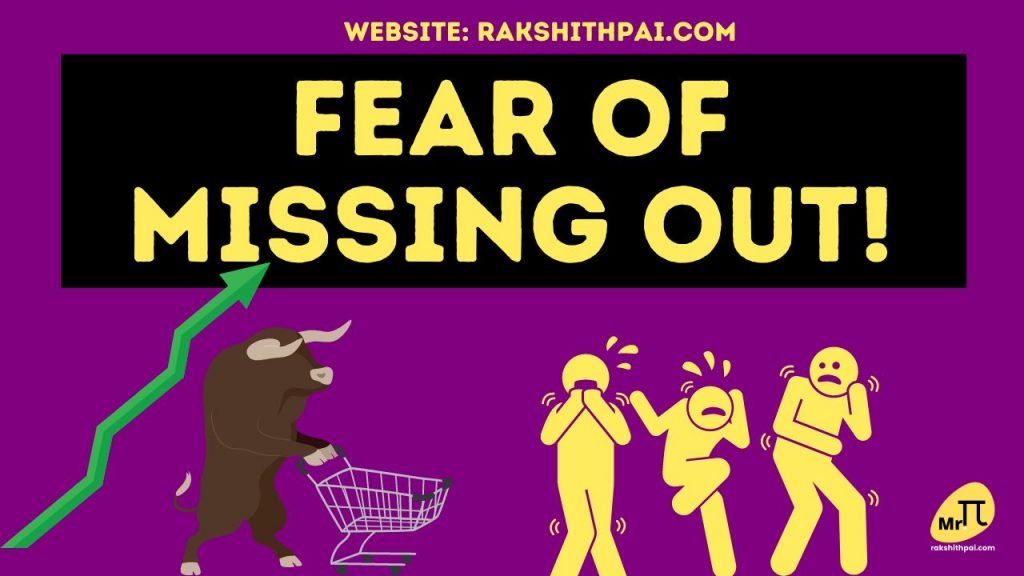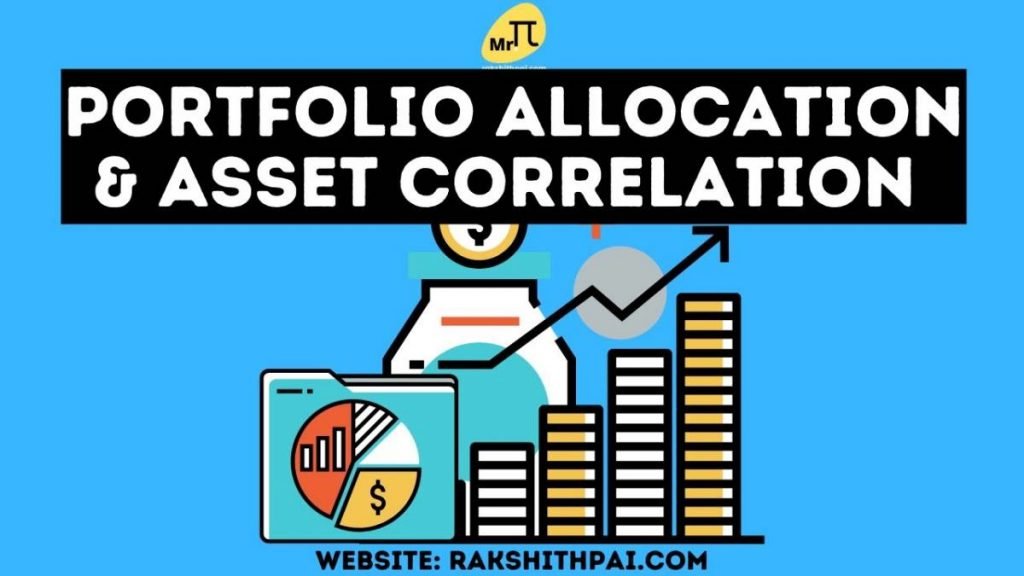Table of Contents
What is a Balance Sheet?
A balance sheet is a document that provides information about the company’s financial performance (present & past). It gives a clear distinction between asset and liability. This gives an indication of the company’s financial health. At any particular point in time. The worth of a company can be found by its balance sheet.
Hence, it is very important for one to understand what’s there is a Balance sheet and how to analyze the report in order to make a better judgment over investing.
Three main components of ‘Balance Sheet’ are as follows;
1.Assets – Assets are what the company owns. The assets owned are valued each year if in case of appreciation or depreciation in the price. Assets are used by the company in order to produce goods, provide services, or both. It is the economic value of assets being considered in valuing a Balance sheet for it defines an accurate estimation of what the company owns.
The company’s assets can be segregated as long-term assets and current assets. And, the latter can also be segregated into cash and cash equivalents and others.
2.Liability – Liabilities are those that the company owes to others. It is an obligation to pay or settle back all the outstanding liabilities at some point in the future. Liabilities can be short term and long term. It can also be owed to the shareholders or other stakeholders.
3.Shareholders Equity – Each individual shareholder is termed as part-owner of the business. He/she, if owns shares of the company, will also be owning the company’s assets and liabilities at any given time. While ‘stakeholders’ are those that have an interest in the company. Shareholders have ownership over the company.
Basic principle => (Asset = Liability + Shareholders Equity)
What to read in a Balance Sheet:
- Understand the business – Understanding the business is very important. Every business comes with a story. And, the story can be represented in numerical form I.e, balance sheet. To read and understand the balance sheet is to know the story behind the business.
- Size of the company – The balance sheet size is the term used. Here, we’ll see the valuation of assets, liabilities, and other equity accounts in real term. The numerical valuation of the market capitalization of the company is known. This way, an individual before investing can be sure of whether his/her investment is in a Small, Mid, or Large cap company. Portfolio allocation into diversified market cap range is suggested.
- Source of Capital – Any company-funded only via equity is termed more diluted in terms of equity capital than the ones funded partly via equity and partly via debts. And, extreme equity dilution is considered an unfavorable option. To balance out the debt-equity mix. The company must consider the right strategy and must raise from appropriate sources.
- Cost of Capital – In order to not put pressure on the company’s working capital. It is suggested to have the cost of capital as low as possible. An investor must consider checking the industry average cost of capital and compare the same to the company average to evaluate the management efficiency in managing the cost of capital.
- Debt-Equity Mix – Debt to Equity is an important financial ratio that indicates the relative position of equity holders and other debts in the company’s assets. A more financially stable company usually has a debt-to-equity ratio at ‘1’. Above ‘1’ indicates a larger debt level when compared to equity. It is suggested to compare the company’s debt-equity to the industry average for optimum comparison.
- Debt-service coverage ratio – Is the firm’s cash flow sufficient enough to service the long term and short term debt? If yes, to what extent. Here, the firm’s ability to pay back the debt and the debt-related cost is determined. The logic is, the company’s current asset (preferably cash and cash equivalents) should be able to service the short term debt entirely and interest part of long term debt (that year interest cost).
- Reserves to meet unconditional happenings – Balance sheet reserves are mainly from two sources;
- Past year profit/loss.
- Issuance of equity or others.
- The said reserves should be sufficient enough to meet the company’s expenses of unconditional nature. Reserves provide a safety net against being winding up. Hence, sufficient reserves are a must.
- Cyclical industry – If the business is cyclical in nature. The same would have a different set of earnings graph. The cyclical business is such that they make an entire year’s revenue in a matter of 3-6 months. The second half of the year will either be left closed or spent in preparation. It is crucial to understand the market structure of such a business.
- Statutory dues – If the company’s ability to meet its statutory dues are not met from time to time. It signifies a big red flag for the company is unable to arrange the required capital to settle the same. Statutory dues such as taxes, employee compensations, other regulatory fees, and charges in any other such name if left unpaid or shown as outstanding for a long period of time. The same should be taken seriously.
- Directors note & Auditors note – Directors are the ones with governing authority in any business. Their note consists of such aspects that have a material impact on the company’s businesses. Hence, understanding the director’s note is very important.
Auditors are the last line of defense with respect to any mismanagement or malpractice. If any such ill activities, the same should be mentioned in the auditor’s report. To understand the management’s capability to overcome such issues, one needs to read the auditor’s report.
Conclusion:
Before investing in any company, the financial statements which include a Balance sheet, Cash flow statement, Profit & Loss accounts, notes to accounts, and other financial documents should be read thoroughly. These statements provide all the required information for the investor.
These are the only real documents an investor can rely on for the same is under statutory obligations by the management and other stakeholders to be true and be original. Remember, nowadays we have seen other news articles and magazines post their opinion and post them as news. These opinions can be biased opinions and that’ll impact the legitimacy of the report.
So, to avoid such a situation. I would suggest the readers to keep the Financial statement as their base document and any other source of information shall only be used as add-ons.
Disclaimer: All the information on this website is published in good faith and for general information purpose only.










Good day! I could have sworn I’ve been to this blog before but after reading through some of the posts I realized it’s new to me. Anyhow, I’m definitely delighted I found it and I’ll be book-marking and checking back frequently!
Hi Echter,
Thank you for checking out our content.
I’m sure you’ll definitely like our YouTube content. Be sure to check out
YouTube Link: https://www.youtube.com/channel/UC3vfc8G1sysZleCAKbytRFQ